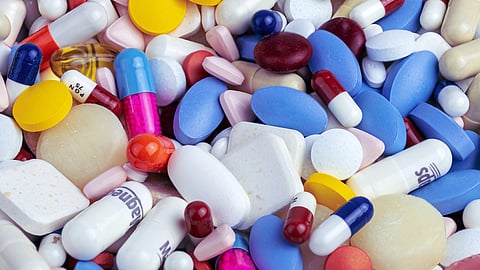Starting from August 1, a significant new regulation mandated by the Central government has come into effect in India. This regulation, stemming from a gazette notification issued on November 17, 2020, involves the incorporation of either a bar code or a quick response (QR) code on 300 specific drug brands. This initiative aims to simplify the process of identifying essential information such as the drug's name, brand, and expiry date.
The reasoning behind this move is to enhance consumer convenience by enabling them to easily verify the authenticity of medicines belonging to these 300 brands. By simply scanning the code, individuals can ascertain the legitimacy of their purchased medication and also access crucial details like the manufacturing and expiry dates.
The enforcement of this directive has been firmly communicated by the Drugs Control General of India (DCGI) to pharmaceutical companies. Renowned drug brands such as Allegra, Shelcal, Calpol, Dolo, and Meftal, to name a few, are now required to integrate a bar code or QR code onto their product packaging. To ensure compliance, the DCGI has emphasized that failure to adhere to these guidelines will result in substantial fines for the drug manufacturers.


